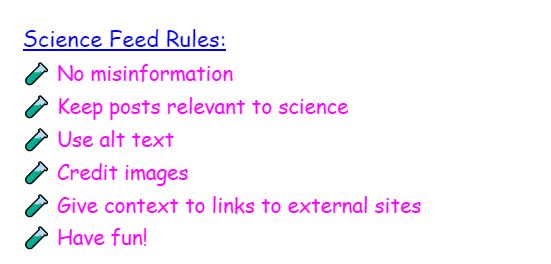Gregor Kalinkat
@gkalinkat.bsky.social
2.8K followers
3.6K following
1.8K posts
biodiversity scientist | ecologist | science communicator & educator
based in Berlin, DE
posts in EN and DE, occassionally in ES
https://linktr.ee/gkalinkat
Posts
Media
Videos
Starter Packs
Pinned
Reposted by Gregor Kalinkat
Reposted by Gregor Kalinkat
Reposted by Gregor Kalinkat
Reposted by Gregor Kalinkat
Reposted by Gregor Kalinkat
Reposted by Gregor Kalinkat
Reposted by Gregor Kalinkat
Reposted by Gregor Kalinkat





















